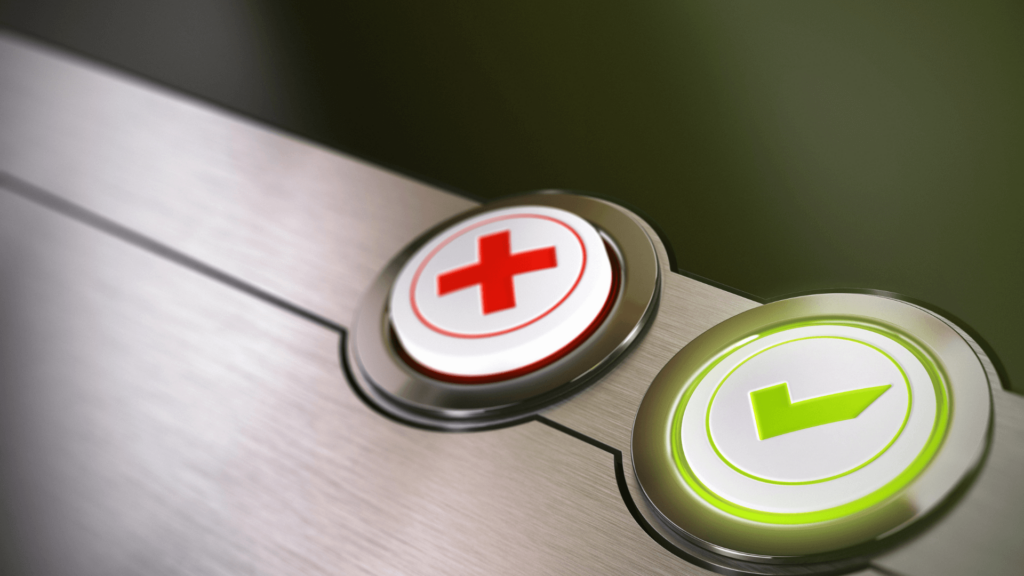Regulatory authorities frequently demand validation; The goal is to protect public health by ensuring water treatment systems meet the necessary standards. Routine confirmation may also be required to maintain the system's functionality and avoid potential flaws or issues.
UV radiation effectively disinfects water, especially in the 200-280 nm wavelength range. However, it is crucial to have a properly validated UV water treatment system to ensure its reliability and accuracy, which is where validation comes into play. The confirmation refers to verifying the system’s performance, providing it operates as planned and delivers reliable treatment.
Regulatory authorities frequently demand validation; The goal is to protect public health by ensuring water treatment systems meet the necessary standards. Routine confirmation may also be required to maintain the system’s functionality and avoid potential flaws or issues.
Validation is also a valuable tool for both the user and the producer. The manufacturer can monitor the system’s performance, identify areas for improvement, make any necessary corrections, and ensure that the system operates according to its intended design and performance requirements. At the same time, validation provides the user with an unbiased evaluation of the system’s performance, allowing for better-informed decision-making and maintenance planning.
Most UV purification research has primarily focused on evaluating the efficacy of antimicrobial properties, neglecting the uniformity of UV radiation distribution in the process flow. However, several factors, such as the lamp’s lifespan, the purity of the quartz sleeve, the position and type of UV sensor, the flow rate, and UV transmittance, all influence how UV radiation has an antimicrobial impact.

Designers and customers can only predict the efficiency of a specific UV purification system in each process water system with an approach that standardizes the link between UV antimicrobial activity, individual UV systems, and all highly dynamic UV intensity factors. Several UV purification models have appeared, each attempting to link the UV intensity data of a particular method to its antimicrobial effectiveness.
Regulatory conventions have strict validation protocols, including parallel UV bioassays and standardized microbial reductions under controlled conditions. This process generates algorithms to create a UV dose construct for each system, which allows designers and customers to determine the expected antimicrobial activity for their specific applications and conditions.
The validation of each UV system results from a comprehensive and standardized process involving multiple labs and computational modeling executed under challenging biohazard conditions by skilled personnel. Therefore, both the creator and the buyer of the system should not need to think about having the system verified.
The importance of UV Validation
It is critical to understand the distinction between certified and inferior UV systems, simply “lights in a pipe” or “lights in a channel,” unless shown otherwise. In the pharmaceutical and life science sectors, it is critical to demand Factory Acceptance testing and Master Validations from system component vendors, as all vital systems must go through Installation Qualification, Operational Qualification, and Process Qualification (IQ/OQ and PQ) validation. This ensures that all system capabilities have been thoroughly checked and recorded, even those not investigated or validated during the IQ/OQ/PQ process validation. UV validation with verified proven pathogen inactivation must be a criterion for UV purification systems to be allowed on the market.
Because it is impractical and costly for the designer or customer to bear this role, the market must demand unbiased, third-party UV validation utilizing generally agreed standard validation procedures.
UV technology is beneficial and represents an effective means of treating water. However, ensuring the system’s reliability and accuracy is still crucial, which is where validation comes into play. Validation is a critical tool for both the user and the producer, providing an unbiased evaluation of the system’s performance.
Share: